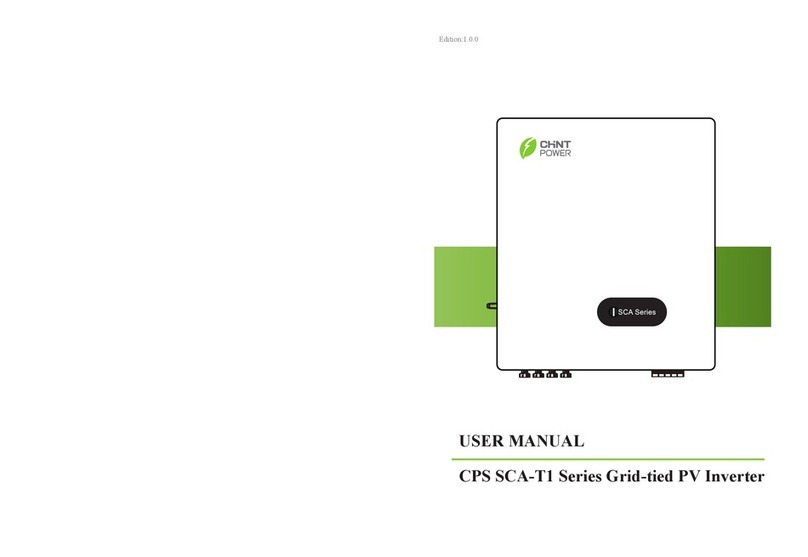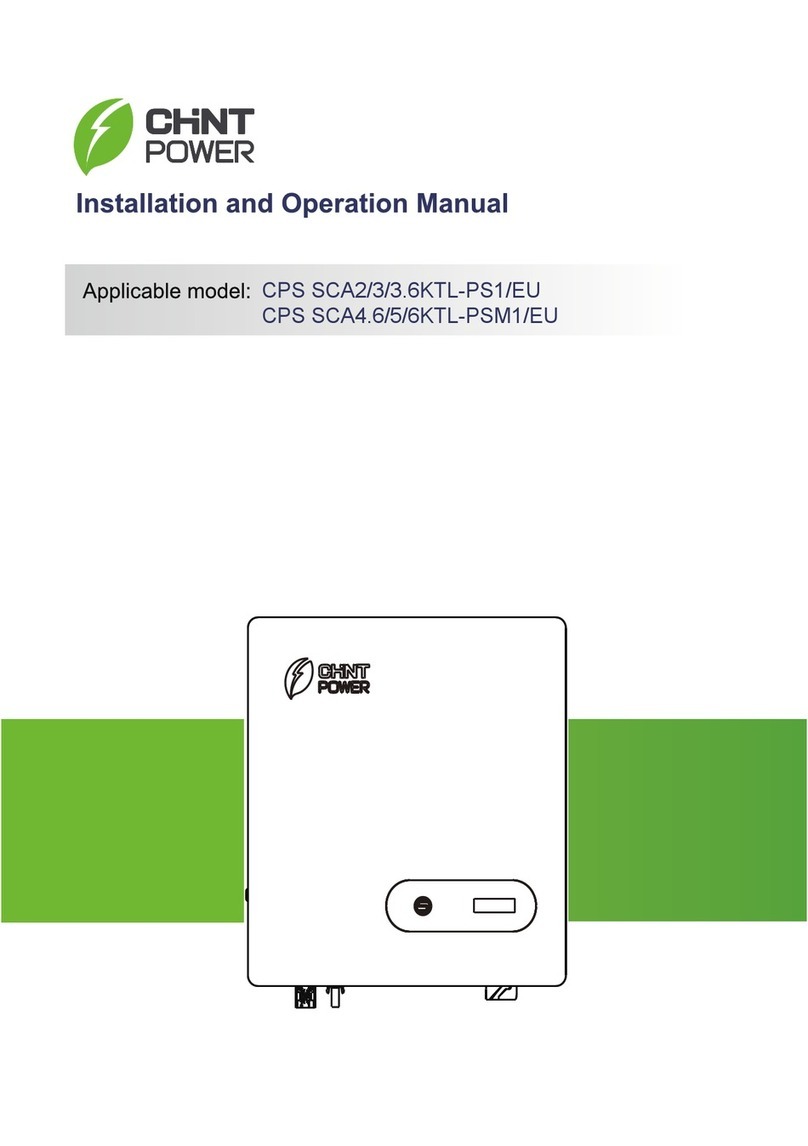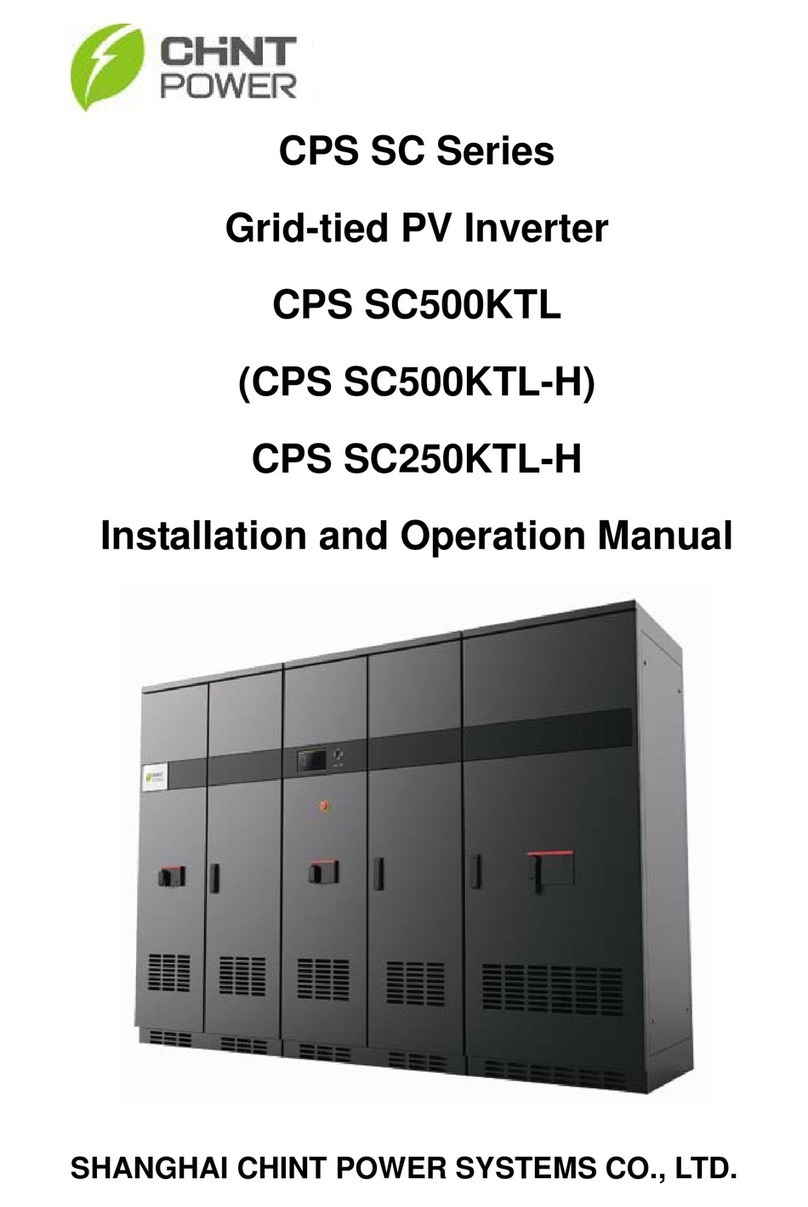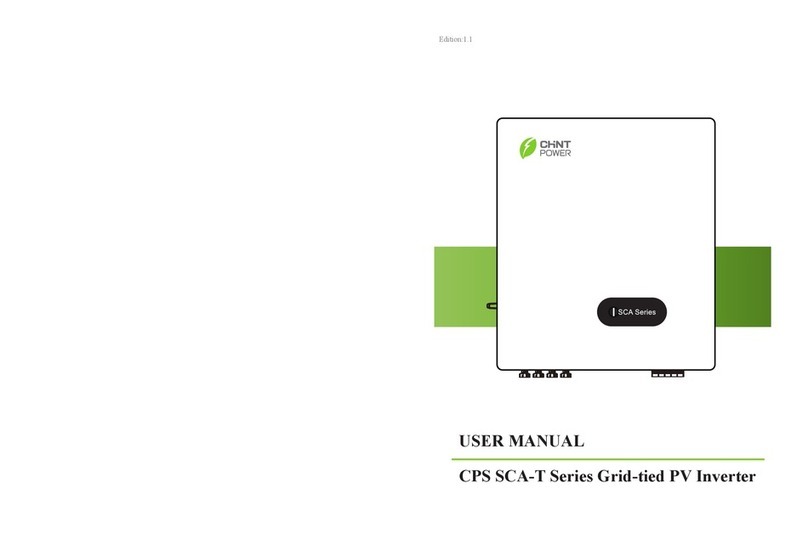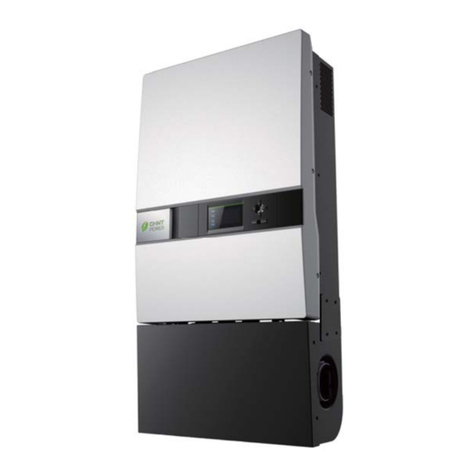CHNT Power CPS SCA-S Series User manual




















This manual suits for next models
12
Table of contents
Other CHNT Power Inverter manuals
Popular Inverter manuals by other brands

SolaX Power
SolaX Power X3-Retro Fit Series Quick installation guide

Shindaiwa
Shindaiwa DGK150D/EPA3 Service manual
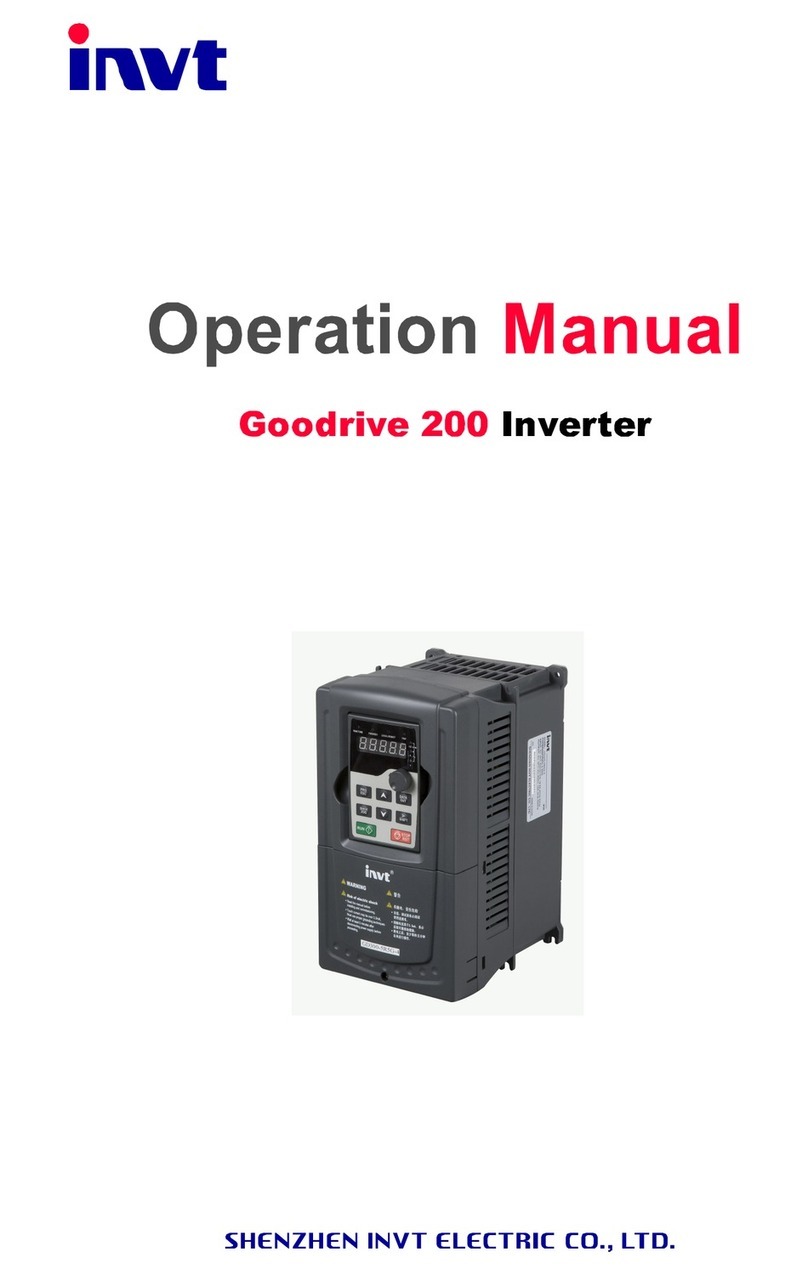
INVT
INVT Goodrive 200 Operation manual
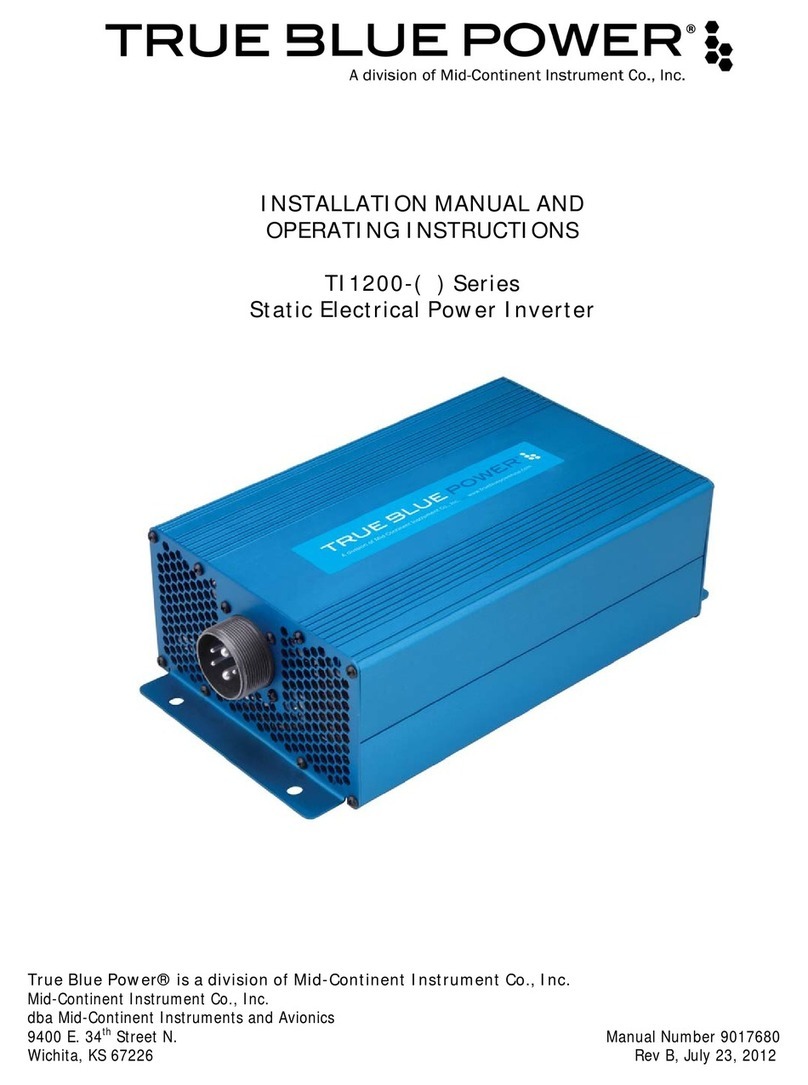
True blue power
True blue power TI1200 Installation manual and operating instructions

Maxeon
Maxeon SunPower Reserve Quick installation guide

ZWAYN
ZWAYN GENIXGREEN user manual
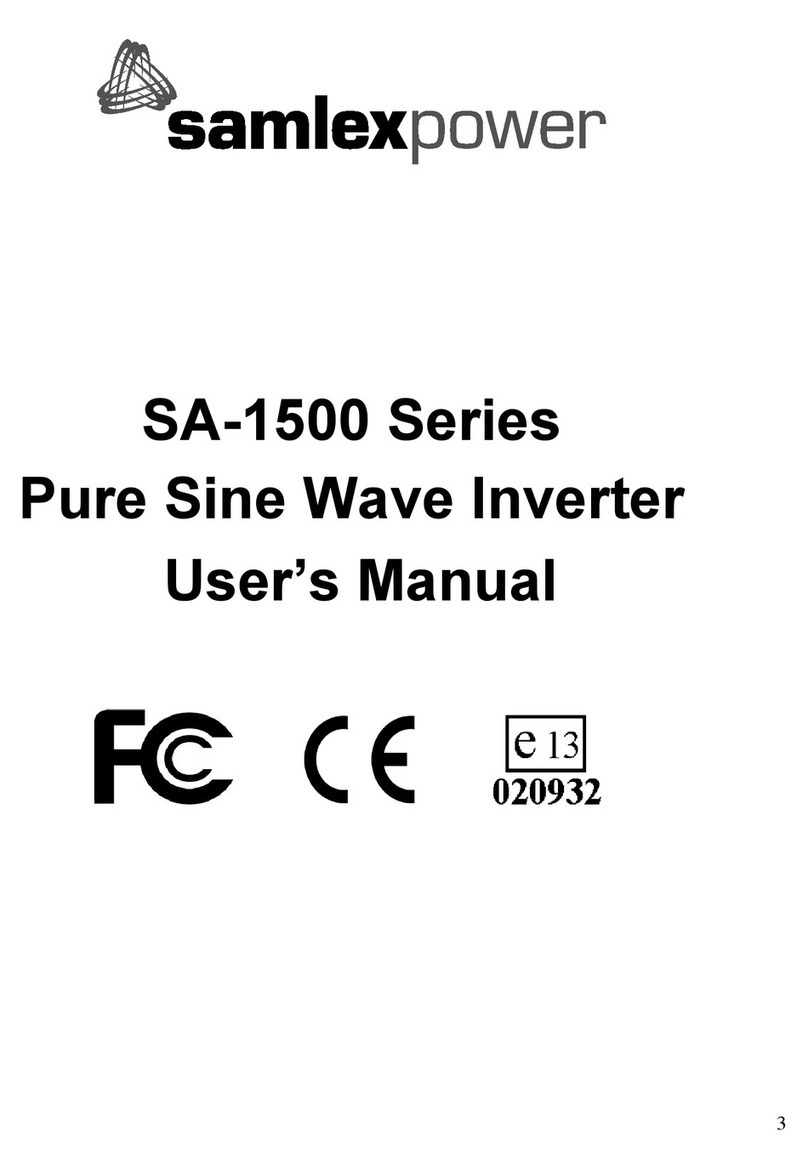
SamplexPower
SamplexPower SA-1500-112 user manual
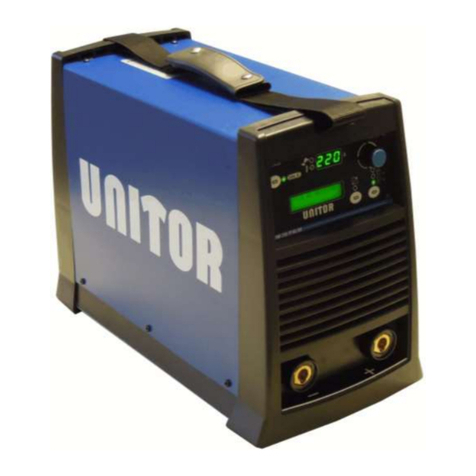
Unitor
Unitor UWI-230TP Assembly & preparation manual
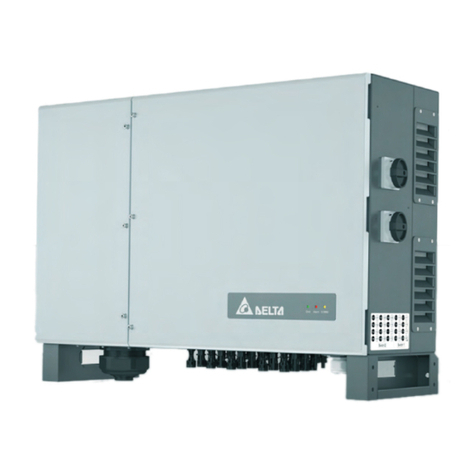
Delta
Delta M125HV Installation and operation manual
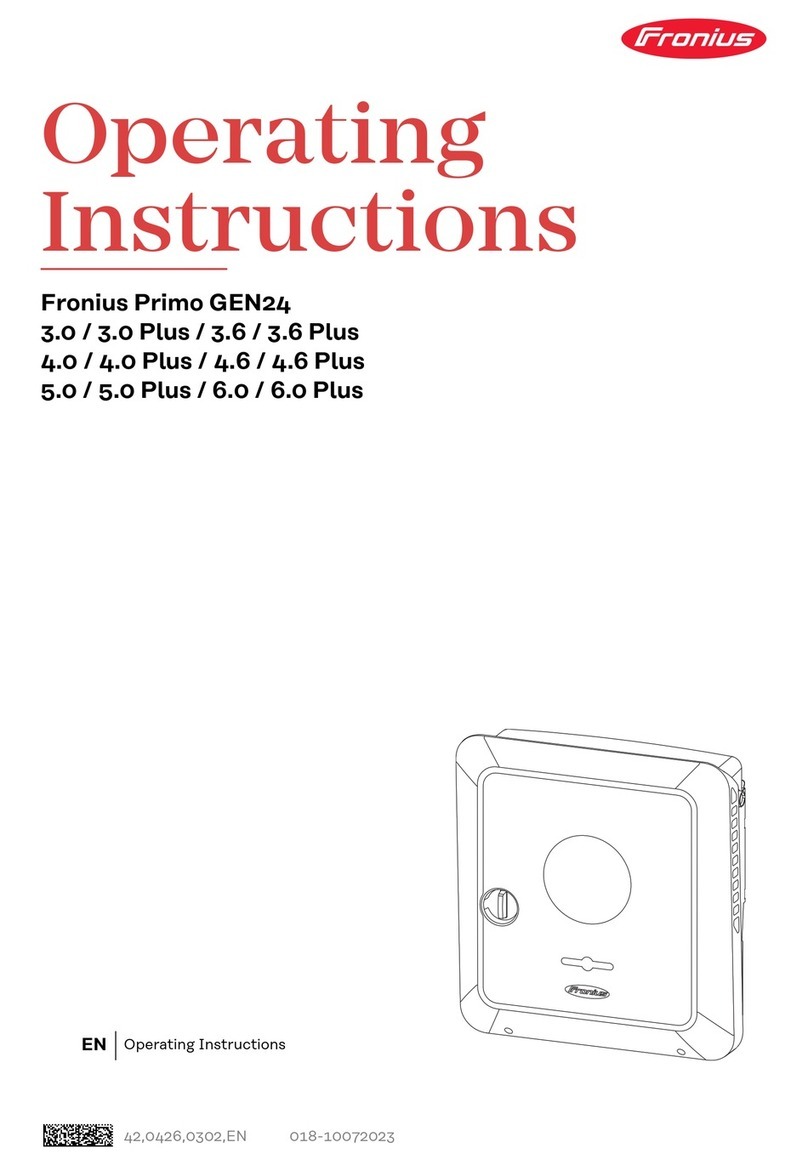
FRONIUS
FRONIUS xPrimo GEN24 4.0 Plus operating instructions

CanadianSolar
CanadianSolar CS3W-PB-AG Series installation manual
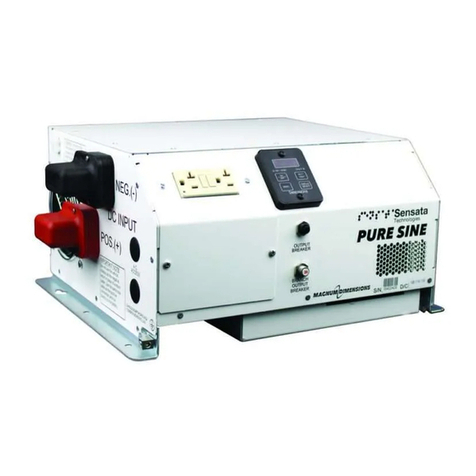
Sensata
Sensata Dimensions 24NP36 owner's manual
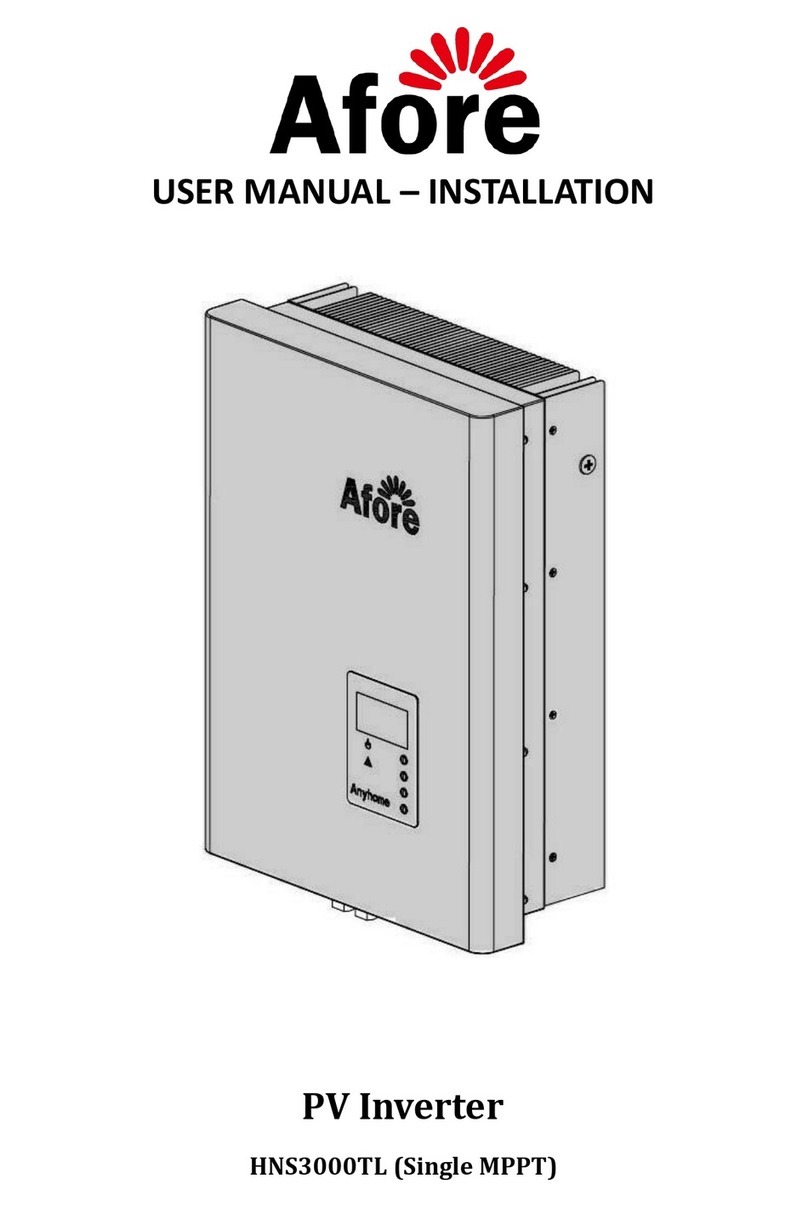
Afore
Afore HNS3000TL User manual installation
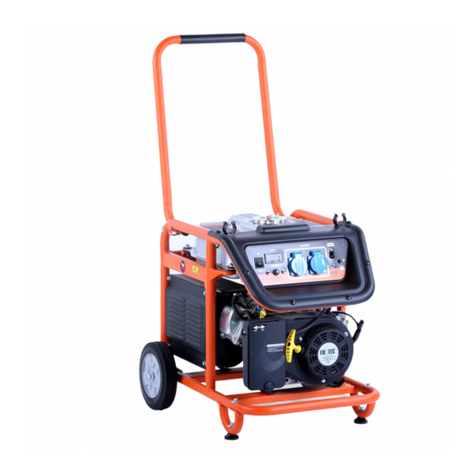
FUXTEC
FUXTEC FX-SG3800 manual
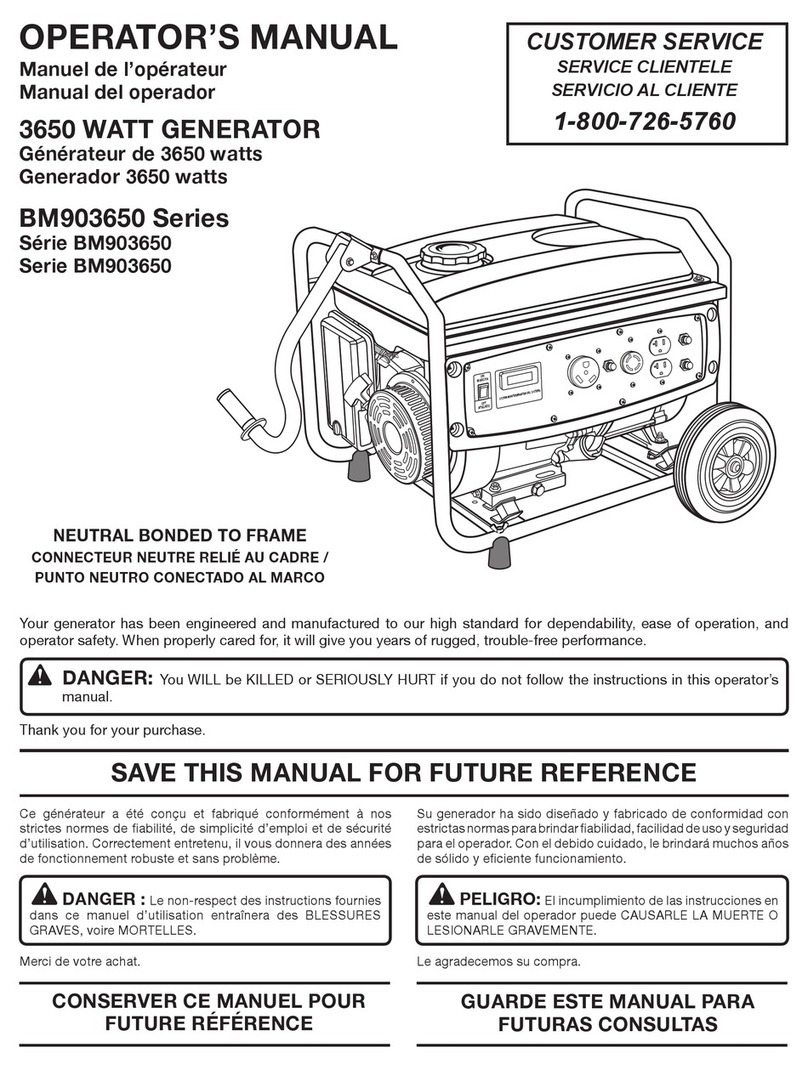
Black Max
Black Max BM903650 Series Operator's manual
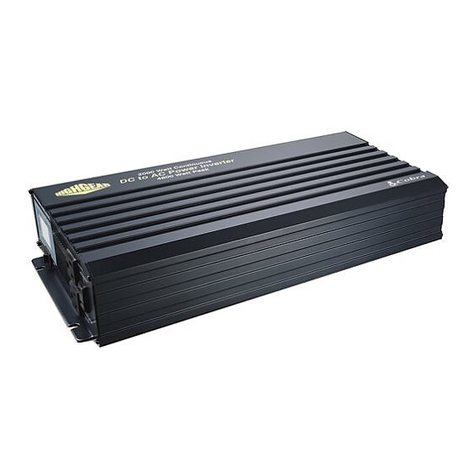
Cobra
Cobra HG PI 2000 operating instructions
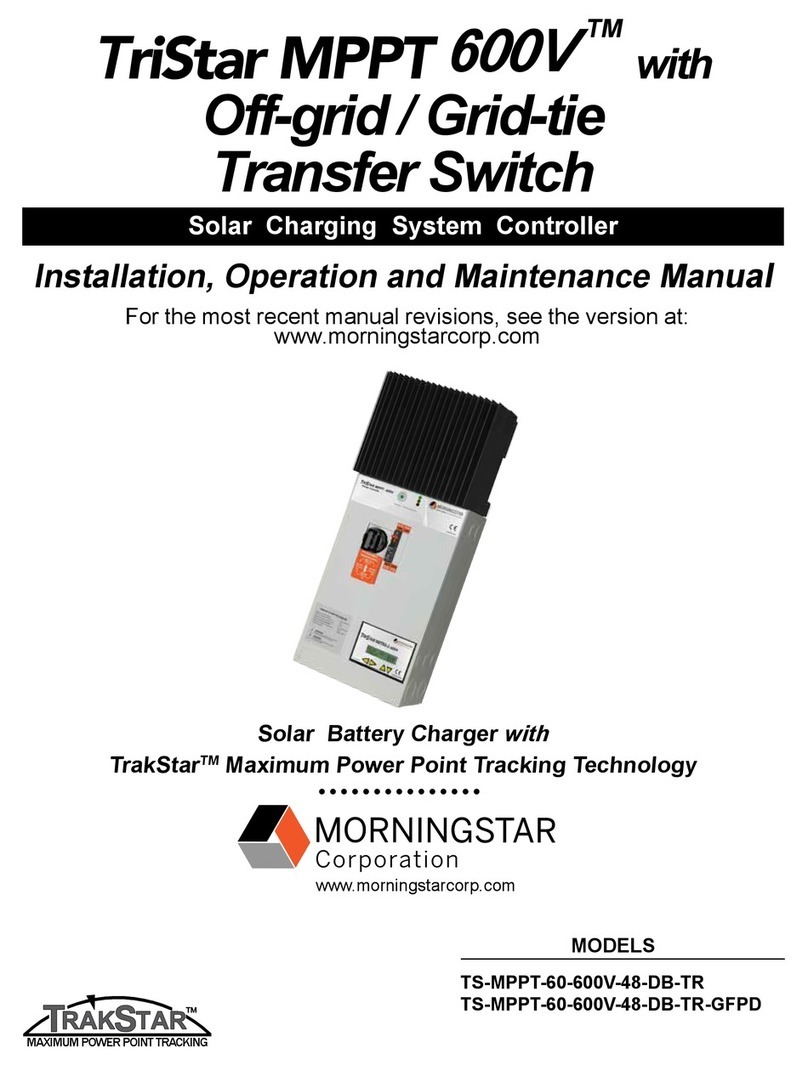
Morningstar
Morningstar TS-MPPT-60-600V-48-DB-TR Installation, operation and maintenance manual
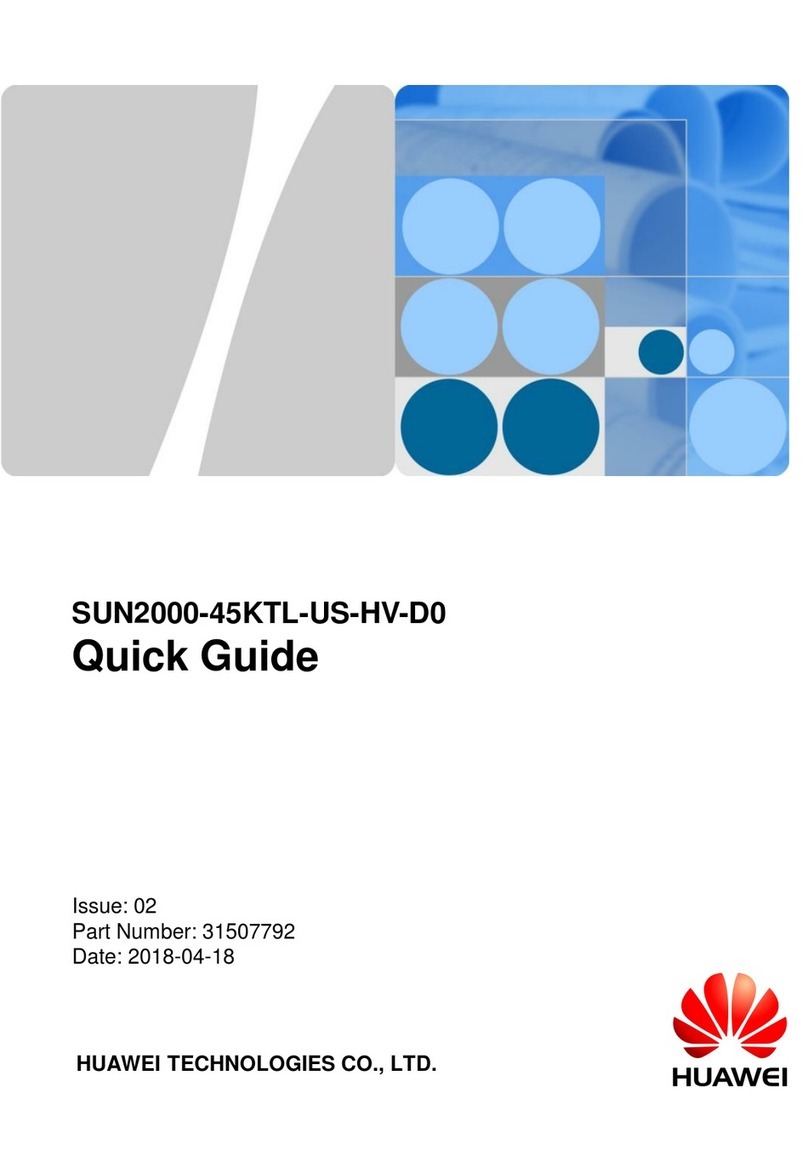
Huawei
Huawei SUN2000-45KTL-US-HV-D0 quick guide

